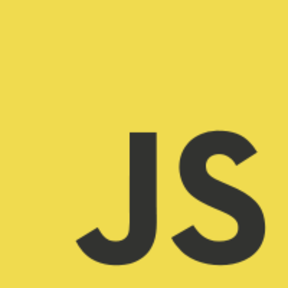A Full-Stack Web Application to facilitate sharing resources in college clubs. Clubs have resources that any of their members can borrow upon request. Members can borrow resources when approved by the convener of the club.
Three roles exist, namely, Admin, Convenor and Member.
- Admin - Can give roles and add new clubs & members
- Members - Can request for resources following a request-approval flow
- Convener - Can approve/reject member requests, update the club inventory
The roles and their respective permissions can, however, be extended. Each user can be a part of multiple clubs and exercise different roles in each of them. All this is made possible by a custom role-permission framework.
It also supports email notifications to different stakeholders and useful aggregations from available data, as statistics, on the user's dashboard.
- Demos
- Tech Stack
- Contributing
- Installation Guide
- Sample Git Workflow
- Implemented Features
- References
Member.Convenor.Demo.mp4
Admin.Demo.mp4








Please read and abide by our Code of Conduct; our community aspires to be a respectful place both during online and in-person interactions.
- Fork the repo
- Clone the forked repository
- Enter the new
Inventory_Managementdirectory withcd Inventory_Management - Set the upstream remote to the original repository url so that git knows where to fetch updates from in future:
git remote add upstream https://github.com/mittal-parth/Inventory-Management-Django.git
pip install virtualenvwrapper-winmkvirtualenv testtest = name of virtual env
pip install -r requirements.txt- After ensuring that we are in a virtual environment (If not, use
workon test)
python manage.py makemigrationspython manage.py migratepython manage.py runserver- Visit development server at http://127.0.0.1:8000
python manage.py createsuperuser- Enter desired credentials
- Visit https://www.wpoven.com/tools/free-smtp-server-for-testing
- Enter the desired email to see the inbox
- Follow the installation guide to install the software
- Create a new feature branch with
git checkout -b <name-of-your-feature-branch> - Make changes and commit them in the feature branch.
- Once done developing, switch back to the main branch with
git checkout main; pull the latest version of the repo withgit pull https://github.com/mittal-parth/Inventory-Management-Django.git main - Switch back to the feature branch with
git checkout <name-of-your-feature-branch>. Apply the new changes on top of the latest version of the repo withgit rebase main - Resolve merge conflicts (if any)
- Push your feature branch upto your remote repo with
git push origin <name-of-your-feature-branch> - Submit a Pull Request to the main branch.
- After any questions or changes have been resolved, your contribution would be merged in!
- Member
- View club items
- Request for items
- View request status
- View statistics about their requests
- Convenor
- View all members of club
- View club items
- Add, Update items
- View member requests
- Approve/Reject requests
- Validation of quantity of requested item
- View statistics pertaining to the club
- Admin
- View all clubs, users, items and requests
- Add new club(s)
- Add, Update items
- Add new user or existing users to clubs
- Delete users
- Authentication and page restrictions
- Reset, Change Password
- Email respective users about request flow
Django's Official Documentation
Chart.js Official Documentation
Dennis Ivy Youtube
Super Coders Youtube
Stack Overflow